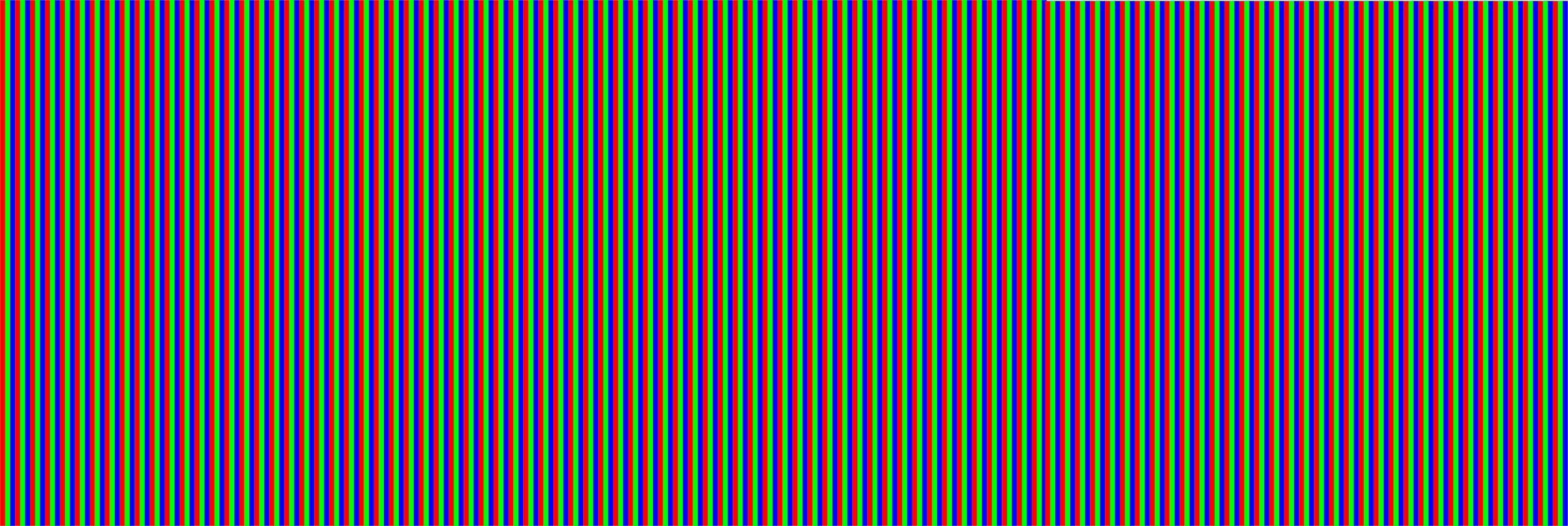







Color is the result of our perception of a portion of the electromagnetic spectrum. The image of what we perceive is made up in our mind, through the sum of impulses received by an array of wavelength – specific sensors in our eyes. We humans are only sensitive to red, green and blue aspects of this spectrum. While our eyes do the sensing of light in a relatively straightforward manner, our brains do the necessary math to allow us to understand the multiple variations of hues and tones.
This is why color is of paramount importance. The visual process is inherently linked to all of our psychological “meaning – making” structure; images are constructed in the brain and are directly wired to our significance and understanding system, from the most basic survival instincts to the more subtle nuances of our moods and feelings.
First students need to understand the basic mechanics of color, then convert them into combination or harmonic “chords”, and then they need to start applying this chords in function of a “dramatic” exercise of meaning by color scripting a story of their own making.
Through the study of works by venezuelan artist Carlos Cruz Diez , students get to experience firsthand the behavior of color in respect to the workings of our eyes and minds. By revising case studies of actual live action and animation movies they learn how color is a useful figment of our imagination, and then, inspired by masters like Maurice Noble and Mary Blair, they start using this illusion as a tool to better their storytelling.
Save Chromatic Exploration Assignment20 Feb 2015 Save RGB Mario20 Feb 2015 Save Chromatic Exploration Assignement20 Feb 2015 Save Carlos Cruz Diez Portrait20 Feb 2015 To understand color we need to understand how we perceive it. Visible light is only a segment of the electromagnetic spectrum, obviously -“what we can see”. But how do we see? If we break down our perception of light into phases, we could roughly speak about two main moments: The one in which light is captured…
Read More© 2025 — Edward Thomas.